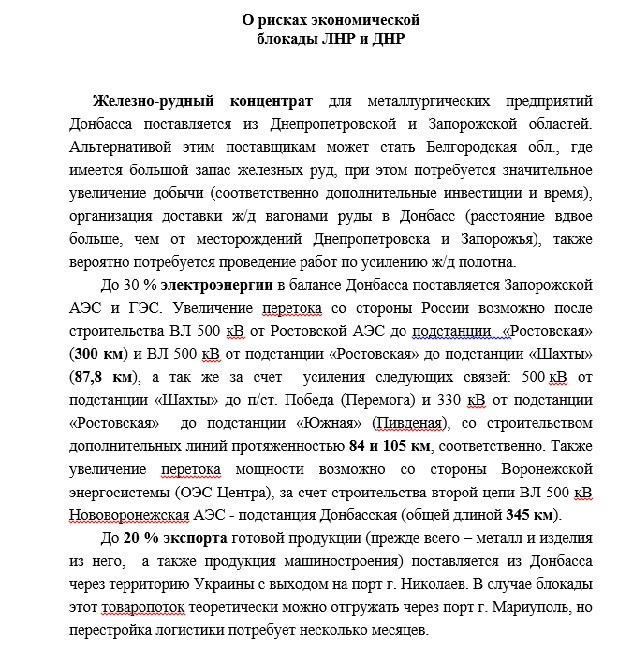As the war in Ukraine’s east raged in June 2014, a senior adviser to Russian President Vladimir Putin was briefed on ways to counter a Ukrainian government economic blockade of the newly created “separatist republics” in the Donbas.
Vladislav Surkov, Putin’s point man on separatist areas in the countries of the former Soviet Union, was told Russia could arrange alternative supplies of iron ore to metallurgical enterprises in non-government-controlled Donbas from Russia’s Belgorod Oblast, according to an e-mail sent to him on June 18, 2014.
JOIN US ON TELEGRAM
Follow our coverage of the war on the @Kyivpost_official.
The e-mail comes from a cache allegedly hacked from a Russian government account by “Cyber Hunta” – a group of hackers said to be affiliated with Ukraine’s SBU State Security Service. The SBU has declared that the e-mails are authentic – a conclusion confirmed independently by the Atlantic Council’s Digital Forensic Research Lab.

The information in the e-mail suggests that the practicalities of Russia absorbing a breakaway part of Ukraine were being considered in detail at a high level in the Russian government in the summer of 2014, just months after Russia invaded and annexed the Ukrainian territory of Crimea.
However, since the Minsk peace agreement was first signed in September 2014, the Kremlin’s official position is that the “separatist republics” should be reintegrated with Ukraine. The Kremlin has never recognized the self-proclaimed Donetsk and Luhansk “people’s republics.”
The one-page briefing paper attached to the e-mail, entitled “On the Risks of an Economic Blockade of the LNR and DNR,” notes that 30 percent of the electrical supply to the Donbas region comes from the Zaporizhzhya nuclear and hydroelectric power plants, which then, as now, remained under Ukrainian government control.
The author of the document suggests that it would be possible to increase the power supply to the Donbas by constructing a 300-kilometer-long, 500-kilo-volt transmission from Rostov Nuclear Power Plant in Russia to the Rostov substation, and another 87.8-kilometer, 500-kilo-volt transmission line from the Rostov substation to the Shakhti electrical substation in Donetsk.
Other suggestions include reinforcing a railway line into Ukraine from Russia to allow increased supplies of iron ore, the building of an additional power transmission line within the non-government-controlled areas of Ukraine, and connecting the electricity grid in Russia’s Voronezh region to the Donbas.
The document’s author also notes that in the case of an economic blockade by Ukraine of the “separatist republics,” the 20 percent of industrial products that were exported from the region via the port of Mykolayiv, in government-held territory, could be rerouted through the port of Mariupol.
However, at the time the document was sent, Mariupol had already been liberated from “separatist” control. The document’s author also notes it will take “several months” to reconfigure Mariupol’s port to handle commodities exports from the region, and that “investment and time” will also be needed to increase Russian iron ore shipments into the Donbas.
The e-mail was sent to Surkov from a Russian government account [email protected]. The account may belong to Vladimir Nikolaeyvich Avdeenko, who was identified as the head of the Economic Analysis and Strategic Planning Department of Russia’s Ministry of Trade and Industry in a 2013 Russian government document also seen by the Kyiv Post. A man by the same name is also the director of Abercade Consulting, a research firm that specializes in industrial markets and technologies. However, the Kyiv Post has been unable to confirm that the e-mail was sent by this person.
You can also highlight the text and press Ctrl + Enter





